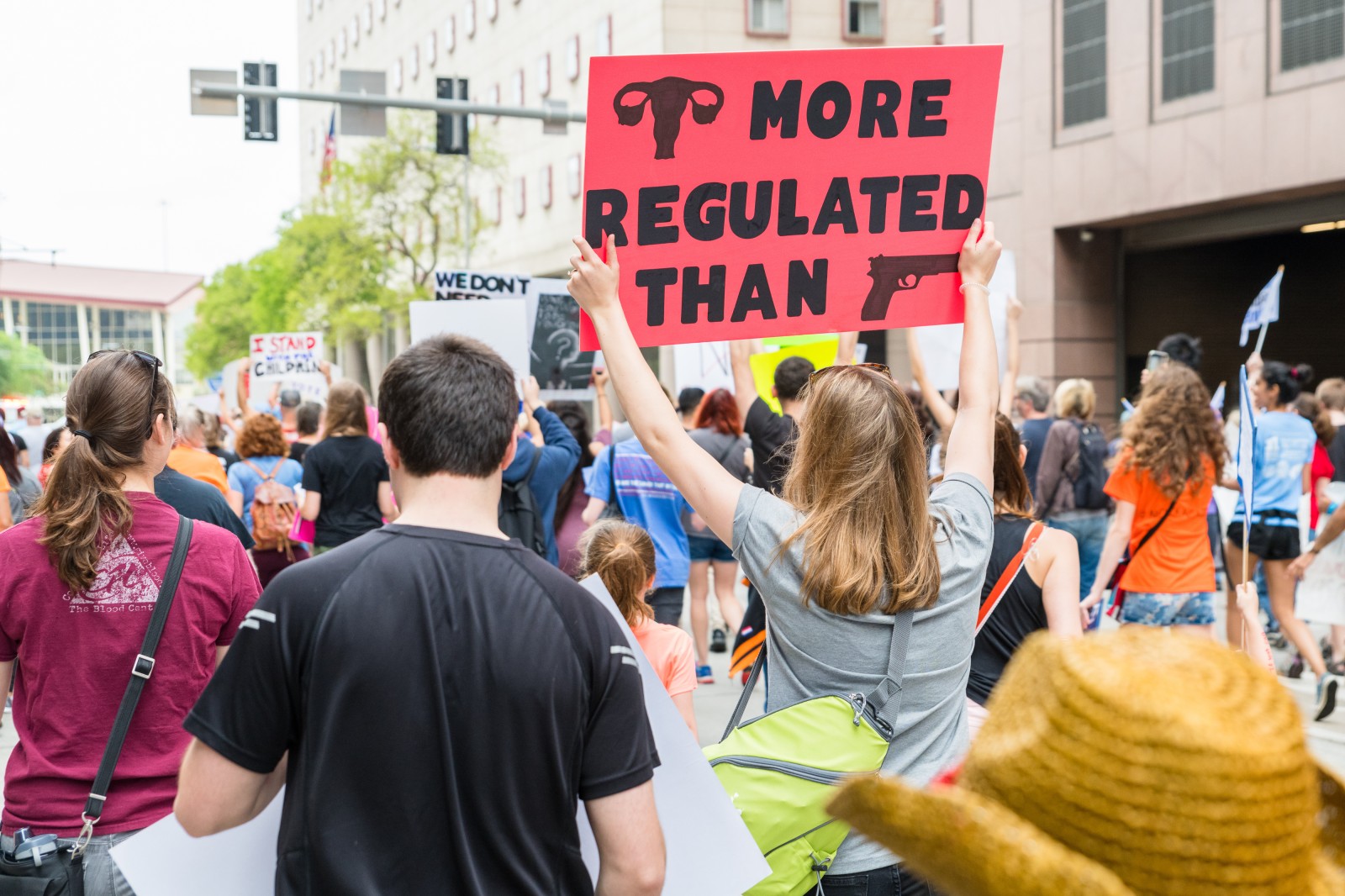Protestors Set Sights on Private Homes of Justices Following Abortion Controversy
What the Leaked Draft Opinion Really Means Now for Abortion Rights

Congress is taking action to introduce new legislation aimed at protecting the families of U.S. Supreme Court justices following a weekend of protest outside of their private homes.
Protests Follow Leaked Draft Opinion
Read More »The leak of the opinion triggered a week of protests throughout the nation. While the first round of protests was centered around the Supreme Court building, the demonstrations eventually spread out to various cities and local areas. Parts of the Supreme Court are now protected by a non-scalable fence that rises eight feet into the air. In addition, crews have also set up concrete barriers that block the road in front of the court building.
Protests in Front of Private Homes
Over the last few days, some protestors stood outside the private residences of some of the justices that sit on this court. Pro-abortion demonstrations happened outside the private residences of Chief Justice John Roberts, Justice Brett Kavanaugh, and Justice Samuel Alito. Roberts has not yet indicated how he will vote in the opinion while Alito was the justice who authored the leaked draft.
On Saturday night, approximately 100 people began protesting in front of Kavanaugh’s home in Chevy Chase, Maryland before marching to the nearby residence of the Roberts household. Protestors marched holding signs that read “Don’t Tread on my Choice” and “Never Again.”
It was Alito’s home in Alexandria, Virginia that saw the protests on Monday evening. Activists outside the home were heard changing “Abort the court!” Monday’s demonstration was organized by Shut Down D.C. In addition to the chanting, the demonstration also included a candlelight vigil.
On Monday, the White House officially offered a response to the protests outside of the private homes, saying that the justices should not have to be concerned about personal safety. White House Press Secretary Jen Psaki said that while the president believes in the right to protest, these demonstrations should never include violence or vandalism.
New Legislation to Protect Justices
Congress is now taking action to provide additional security protection to the justices and their families. The U.S. Senate unanimously passed new legislation on Monday that would offer police protection to the immediate families of all of these justices as well as other officers of the Supreme Court. Known as the Supreme Court Police Parity Act, the final decision on whether to provide the protection provided by the bill would be made by the U.S. Marshals Service.
This legislation needs to go to the U.S. House of Representatives for a vote. Introduced by Republican Sen. John Cornyn from Texas and Democratic Sen. Chris Coons from Delaware, the bill has wide bipartisan support.
Conservative Political Action Committee Building Burned
In another display of how heated this argument has become in recent days, authorities in Wisconsin say that arson is being named as the cause of a fire that burned a conservative political organization office. The vandalism happened early Sunday morning in the state capital of Madison, burning the office of Wisconsin Family Action. This political action committee is best known for lobbying against abortion rights and same-sex marriage.
Police said they found a Molotov cocktail at the site of the fire. Pro-choice graffiti was also found at the office.
What is Next for the Abortion Issue
It is important to note that the legislation surrounding abortion has not changed since the leak of the opinion. The draft opinion garnered five votes for the majority. In addition to the opinion penned by Alito, Justices Clarence Thomas, Neil Gorsuch, Brett Kavanaugh, and Amy Coney Barrett also sided with the majority. The three liberal justices of the court are predicted to voice their dissent. There is a gray area involved with Roberts with some signs indicating that he may choose to dissent.
The final opinion is not set to be released for at least one more month. The court is scheduled to go on recess at the end of June. The draft is in response to Dobbs v. Jackson, a case that the court heard on December 1. The case is a challenge to Mississippi’s 15-week ban on abortion. The government is prohibited from interfering with abortions prior to 23 weeks of pregnancy under current law. 23 weeks is the recognized stage of viability for a fetus outside of the womb.
A reversal of Roe v. Wade will likely throw the issue of abortion rights back to the state level, removing the protection of this right at the federal level. Many of the most conservative states have already established so-called trigger laws that would ban abortion at the state level once Roe v. Wade is overturned at the federal level





